Home>Gardening & Outdoor>Landscaping Ideas>How To Put Down Grass Seed By Hand
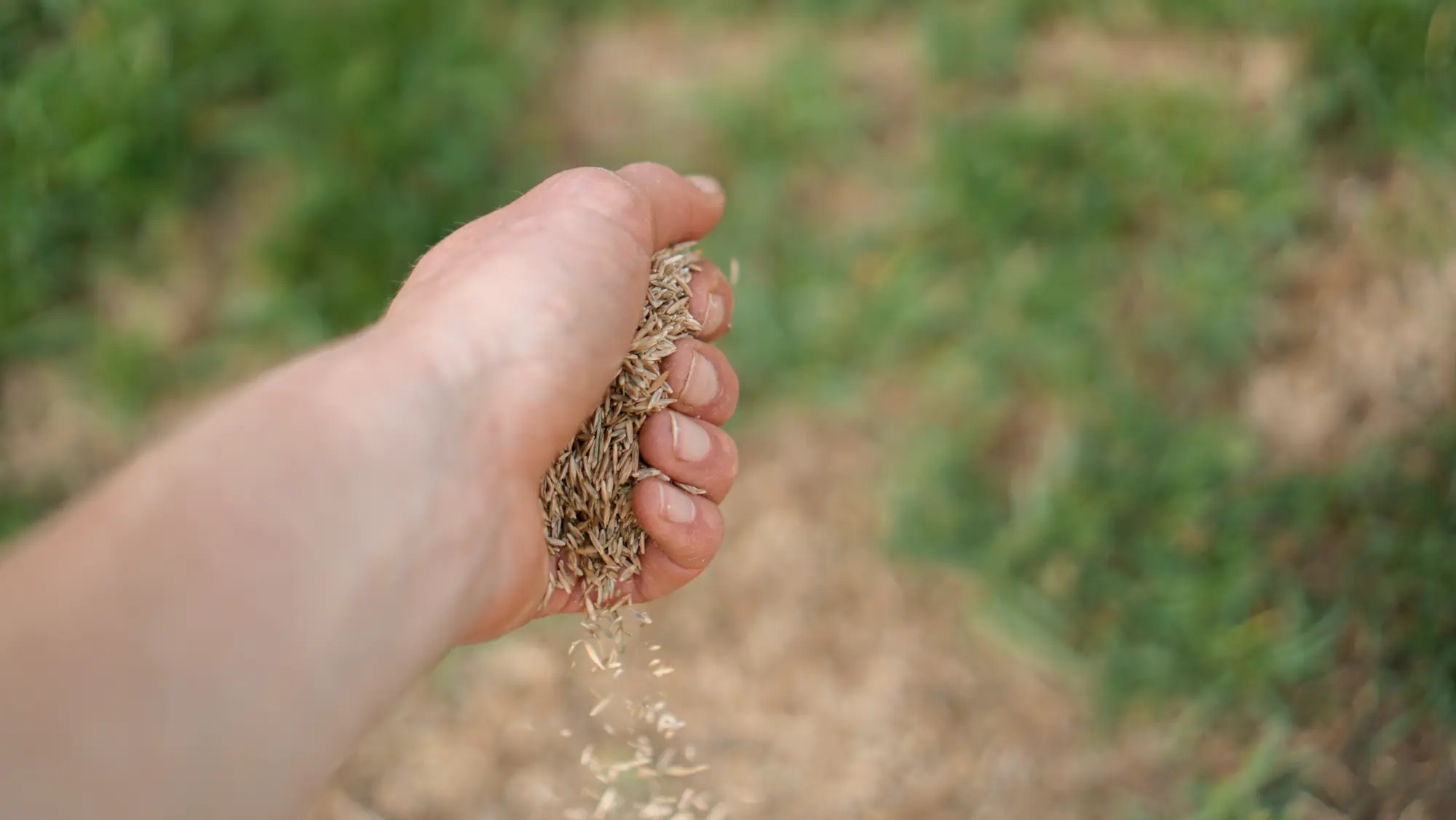

Landscaping Ideas
How To Put Down Grass Seed By Hand
Modified: February 18, 2024
Learn how to effectively sow grass seed by hand with our expert landscaping ideas. Discover the best techniques for achieving a lush and healthy lawn.
(Many of the links in this article redirect to a specific reviewed product. Your purchase of these products through affiliate links helps to generate commission for Storables.com, at no extra cost. Learn more)
Introduction
Welcome to the wonderful world of landscaping! There’s something truly satisfying about transforming a patch of bare earth into a lush, green lawn. Whether you’re starting from scratch or looking to rejuvenate an existing lawn, spreading grass seed by hand can be a rewarding and effective way to achieve your landscaping goals. Not only does it allow for a more personal touch, but it also gives you greater control over the distribution of the seeds, ensuring that every inch of your lawn receives the attention it deserves.
In this guide, we’ll walk you through the process of putting down grass seed by hand, from selecting the right type of seed to caring for your new grass. By the end, you’ll be equipped with the knowledge and confidence to embark on this fulfilling journey and create a vibrant, thriving lawn that will be the envy of the neighborhood.
Key Takeaways:
- Choose the right grass seed for your climate and sunlight conditions to create a thriving lawn that suits your specific needs and enhances your outdoor space.
- Prepare the area carefully, spread the grass seed by hand with precision, and provide attentive care to nurture a lush, vibrant lawn that brings joy and beauty to your landscape.
Read more: When To Put Down Bermuda Seed
Choosing the Right Grass Seed
Before you start spreading grass seed, it’s essential to select the right type for your specific needs and the local climate. The first step is to determine the primary use of your lawn. Are you aiming for a durable, high-traffic area for children and pets to play on, or are you envisioning a luscious, ornamental lawn that adds aesthetic appeal to your property?
Consider the climate in your region. Different grass species thrive in different conditions, so it’s crucial to choose a variety that is well-suited to your local climate and soil type. For example, cool-season grasses such as Kentucky bluegrass and fescue are ideal for regions with cold winters and hot summers, while warm-season grasses like Bermuda grass and zoysia grass are better suited to areas with mild winters and scorching summers.
Another factor to consider is the amount of sunlight your lawn receives. Some grass species are shade-tolerant, making them suitable for yards with limited sun exposure, while others require full sun to flourish. Take note of the sun patterns in your yard throughout the day to determine the best grass seed for your specific light conditions.
When shopping for grass seed, take a close look at the seed label. It should provide detailed information about the grass species and any additional components, such as fertilizer or mulch, included in the mix. Opting for a high-quality seed blend can significantly impact the success of your lawn, promoting healthy growth and long-term resilience against pests and diseases.
By carefully considering these factors and choosing the right grass seed for your unique requirements, you’ll set the stage for a thriving lawn that will bring you joy for years to come.
Preparing the Area
Preparing the area before spreading grass seed is crucial to ensure optimal conditions for germination and growth. Start by clearing the designated area of any debris, such as rocks, branches, and weeds. This will create a clean canvas for the new grass to take root and thrive. Consider using a rake to remove dead grass and thatch, allowing the soil to breathe and absorb nutrients more effectively.
Once the area is clear, it’s time to address the soil. Testing the soil’s pH level can provide valuable insights into its acidity or alkalinity, helping you determine if any amendments are necessary to create an ideal environment for the grass seed. Most grass species prefer a slightly acidic soil with a pH range of 6.0 to 7.0. If the soil pH is outside of this range, you can adjust it by adding lime to raise the pH or elemental sulfur to lower it, following the recommended application rates based on the test results.
Next, consider aerating the soil if it’s compacted or poorly drained. Aerating involves perforating the soil with small holes to allow air, water, and nutrients to penetrate the root zone more effectively. This can be achieved using a manual or motorized aerator, depending on the size of the area and the severity of compaction.
Applying a thin layer of high-quality topsoil or compost can further enhance the soil’s fertility and structure, creating an optimal foundation for the grass seed. This step is particularly beneficial for areas with poor soil quality or uneven terrain, as it helps to level the surface and provide essential nutrients for the new grass to thrive.
By taking the time to prepare the area thoughtfully, you’ll create an inviting environment for the grass seed to establish strong roots and develop into a healthy, vibrant lawn.
When putting down grass seed by hand, make sure to evenly spread the seed by walking in a crisscross pattern. This will help to ensure that the entire area is covered and that the grass grows in evenly.
Spreading the Grass Seed
Now that you’ve chosen the right grass seed and prepared the area, it’s time to spread the seeds by hand. This hands-on approach allows for precision and control, ensuring that the seeds are distributed evenly across the designated area. Before you begin, consider the recommended seeding rate for the specific grass species you’ve selected. This information can typically be found on the seed label or obtained from the seed supplier.
Divide the total amount of grass seed you intend to use into two equal portions. This will allow you to make two passes over the area, spreading the seed in perpendicular directions to achieve thorough coverage. To facilitate an even distribution, consider using a handheld spreader or a simple handheld seed spreader to disperse the seeds consistently.
As you spread the grass seed, walk at a steady pace to ensure uniform coverage. Pay close attention to avoid overlapping or leaving gaps, as this can result in uneven germination and patchy growth. If you’re working with a larger area, consider dividing it into smaller sections and focusing on one section at a time to maintain control and accuracy.
After the initial pass, take the remaining portion of the grass seed and make a second pass perpendicular to the first. This cross-hatching technique helps to fill in any missed spots and ensures that the seeds are distributed evenly from multiple angles, increasing the likelihood of successful germination and uniform growth.
Once the grass seed is spread, lightly rake the area to ensure good seed-to-soil contact. This step helps the seeds settle into the soil and promotes better germination. Avoid burying the seeds too deeply, as they require adequate access to light and moisture to sprout and establish healthy roots.
By taking a methodical and attentive approach to spreading the grass seed by hand, you’ll set the stage for a lush and thriving lawn that will bring beauty and enjoyment to your outdoor space.
Watering and Caring for the New Grass
Once the grass seed is in place, proper watering and care are essential to support germination and establish healthy growth. Adequate moisture is critical for the seeds to sprout and develop strong roots, so it’s important to create a consistent watering schedule during the initial stages of growth.
After spreading the grass seed, lightly water the area using a fine mist or gentle spray attachment on a garden hose. Be mindful not to saturate the soil, as excessive water can displace the seeds and hinder germination. Aim to keep the soil consistently moist but not waterlogged, as this creates an optimal environment for the seeds to germinate and the new grass to take root.
During the germination period, typically spanning two to three weeks, it’s essential to water the newly seeded area at least once or twice a day, depending on the weather conditions. Early morning and early evening are ideal times for watering, as they minimize water loss due to evaporation and provide the seeds with the moisture they need to thrive.
As the grass seedlings begin to emerge, gradually transition to a less frequent but deeper watering schedule. This encourages the development of robust root systems, making the new grass more resilient and better equipped to withstand dry spells. Monitor the soil moisture regularly and adjust your watering routine based on the specific needs of the emerging grass.
Once the new grass reaches a height of around 3 inches, it’s time to mow for the first time. Set the mower to a higher setting to avoid stressing the young grass, and aim to remove no more than one-third of the grass blade length in a single mowing session. This gentle approach helps the grass establish a dense and healthy turf, setting the stage for long-term vitality and resilience.
As the new grass matures, continue to provide it with proper care, including regular watering, fertilization, and proactive weed control. By nurturing the young grass and addressing its needs, you’ll foster a lush and vibrant lawn that enhances the beauty and enjoyment of your outdoor space for years to come.
Read more: When To Put Lime Down On Grass
Conclusion
Embarking on the journey of spreading grass seed by hand is a gratifying endeavor that allows you to play an active role in creating a lush and vibrant lawn. By carefully selecting the right grass seed, preparing the area thoughtfully, and tending to the new grass with care, you can establish a thriving and resilient lawn that adds beauty and vitality to your outdoor space.
As you witness the seeds sprout, the grass grow, and the lush green carpet take shape, you’ll experience the joy of nurturing new life and transforming your landscape into a welcoming oasis. The process of spreading grass seed by hand is not only an opportunity to create a picturesque lawn but also a chance to connect with nature and take pride in the fruits of your labor.
Remember that patience and attentiveness are key as you guide the new grass through its stages of growth. Each watering, each gentle touch, and each moment spent caring for the emerging lawn contribute to the development of a healthy and vibrant landscape that will be enjoyed for years to come.
As you revel in the beauty of your new lawn, take a moment to appreciate the transformation that has taken place—a transformation made possible by your dedication and the nurturing touch of your hands. Whether you’re creating a play area for children, a serene retreat for relaxation, or a picturesque backdrop for outdoor gatherings, the lush green expanse will serve as a testament to your commitment and care.
So, as you look out at the expanse of green that now graces your outdoor space, take pride in the fact that you’ve played a vital role in bringing this vision to life. Your efforts have yielded a living masterpiece—a vibrant, thriving lawn that welcomes bare feet, outdoor activities, and moments of tranquility. Embrace the beauty you’ve cultivated and revel in the joy of a landscape transformed by the simple act of spreading grass seed by hand.
Frequently Asked Questions about How To Put Down Grass Seed By Hand
Was this page helpful?
At Storables.com, we guarantee accurate and reliable information. Our content, validated by Expert Board Contributors, is crafted following stringent Editorial Policies. We're committed to providing you with well-researched, expert-backed insights for all your informational needs.
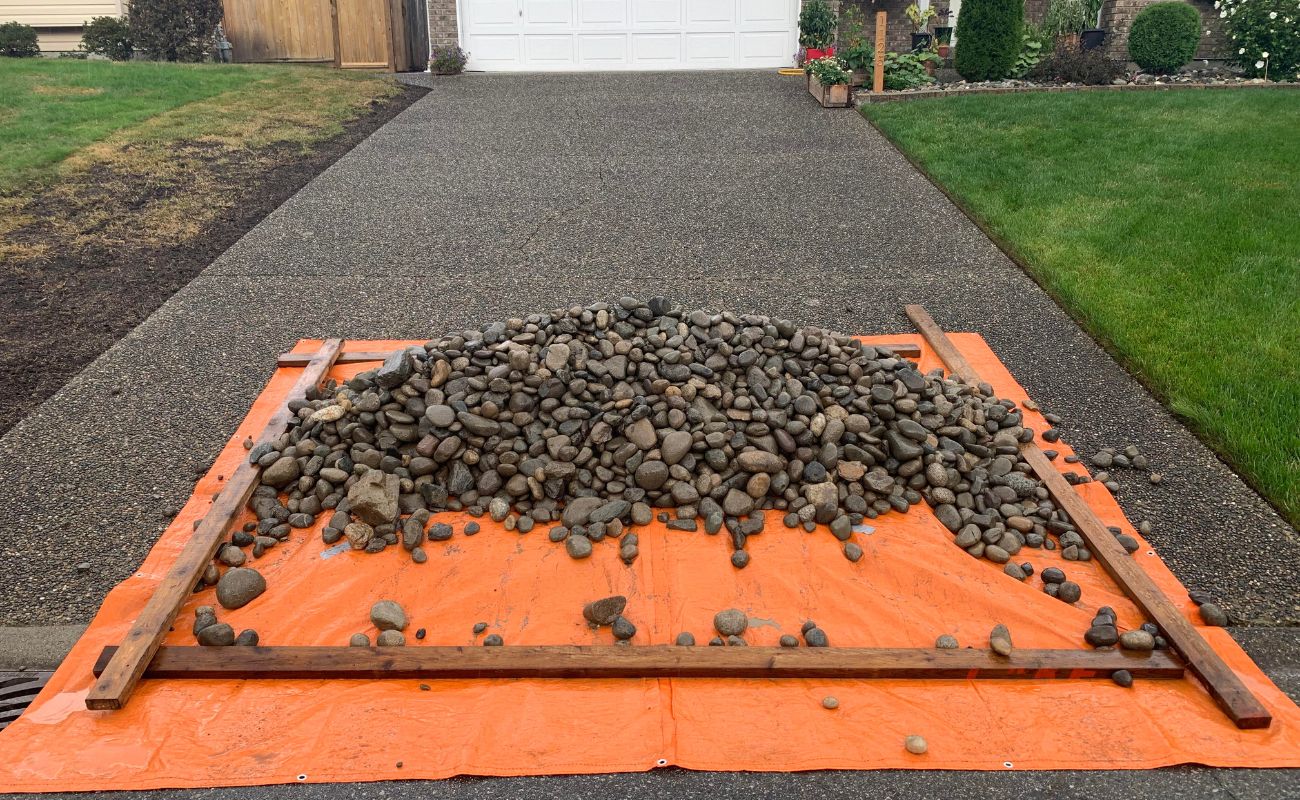

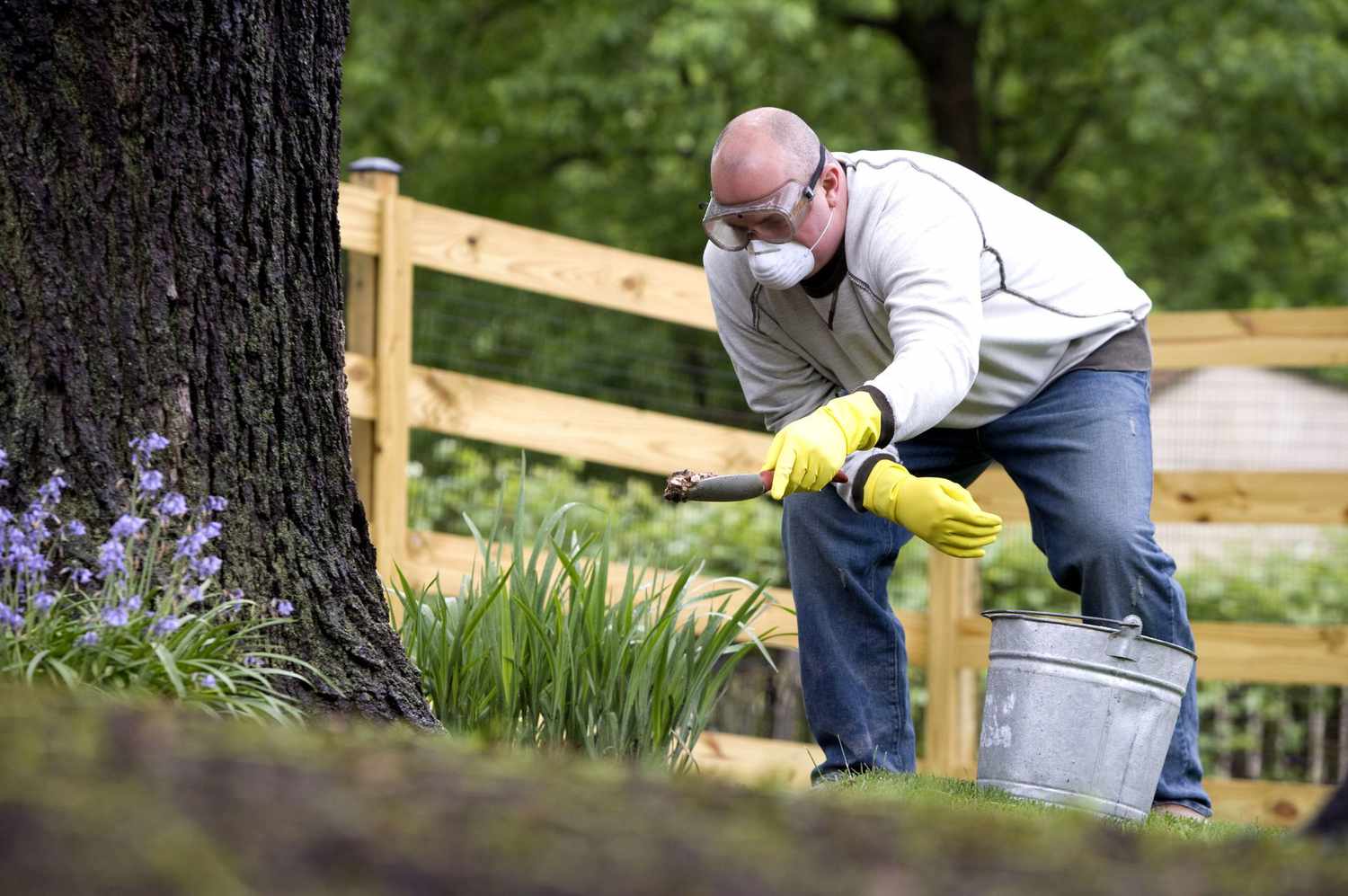
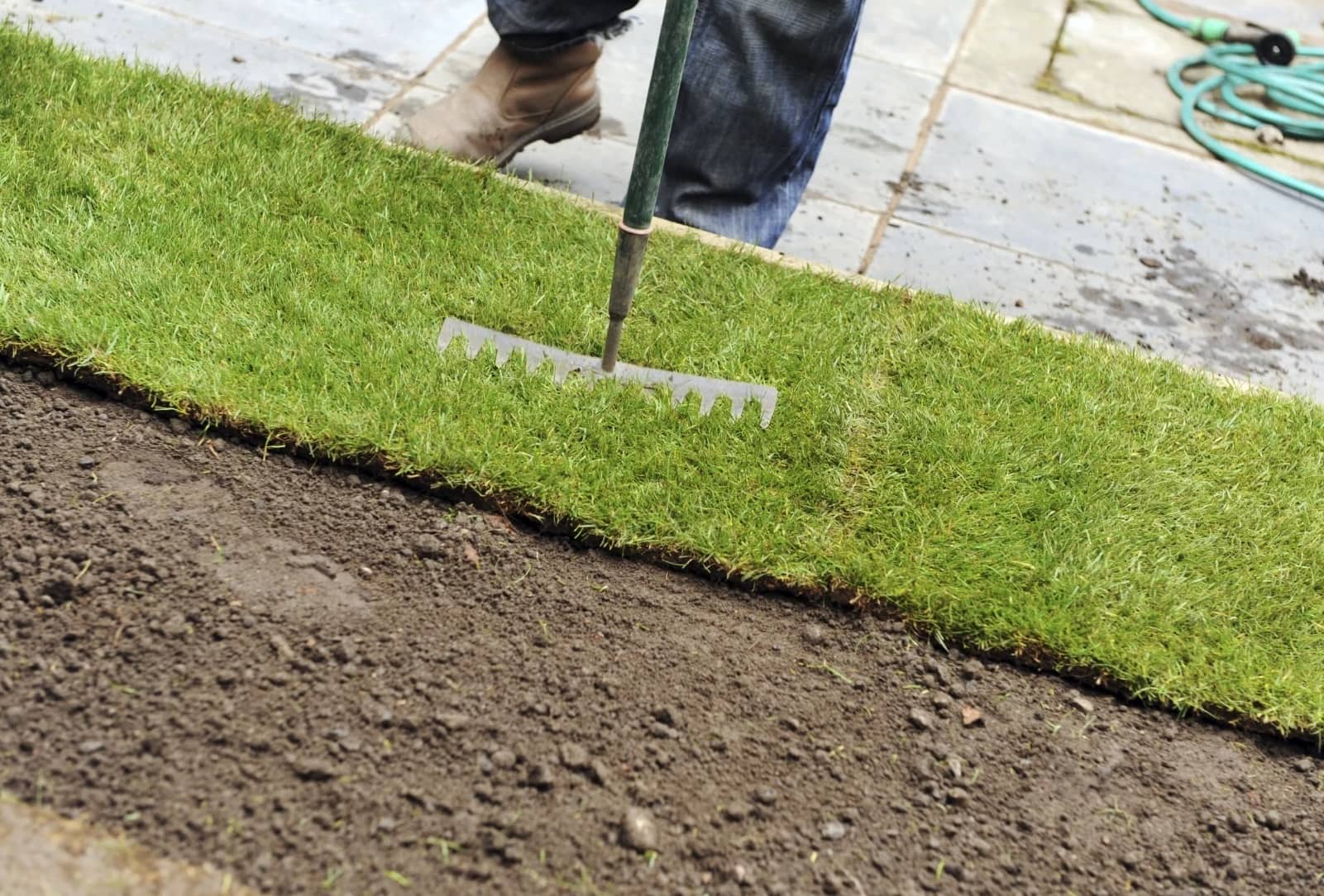
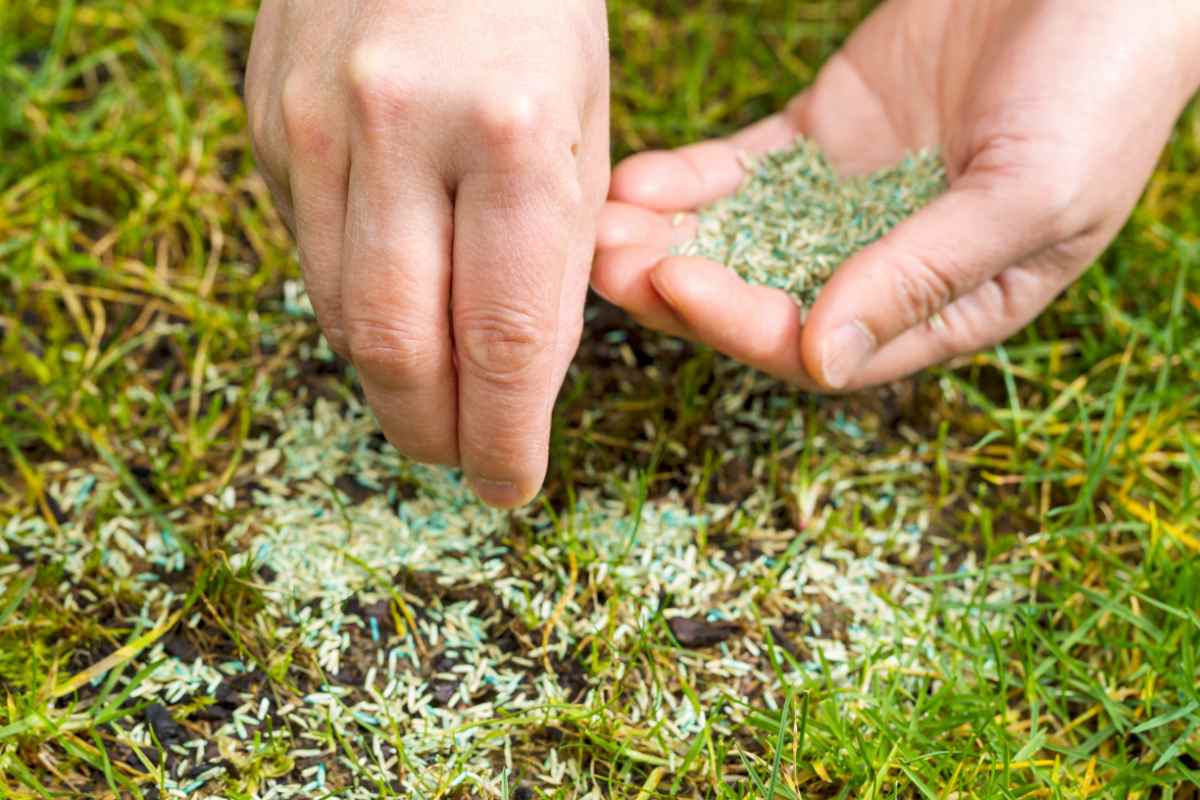
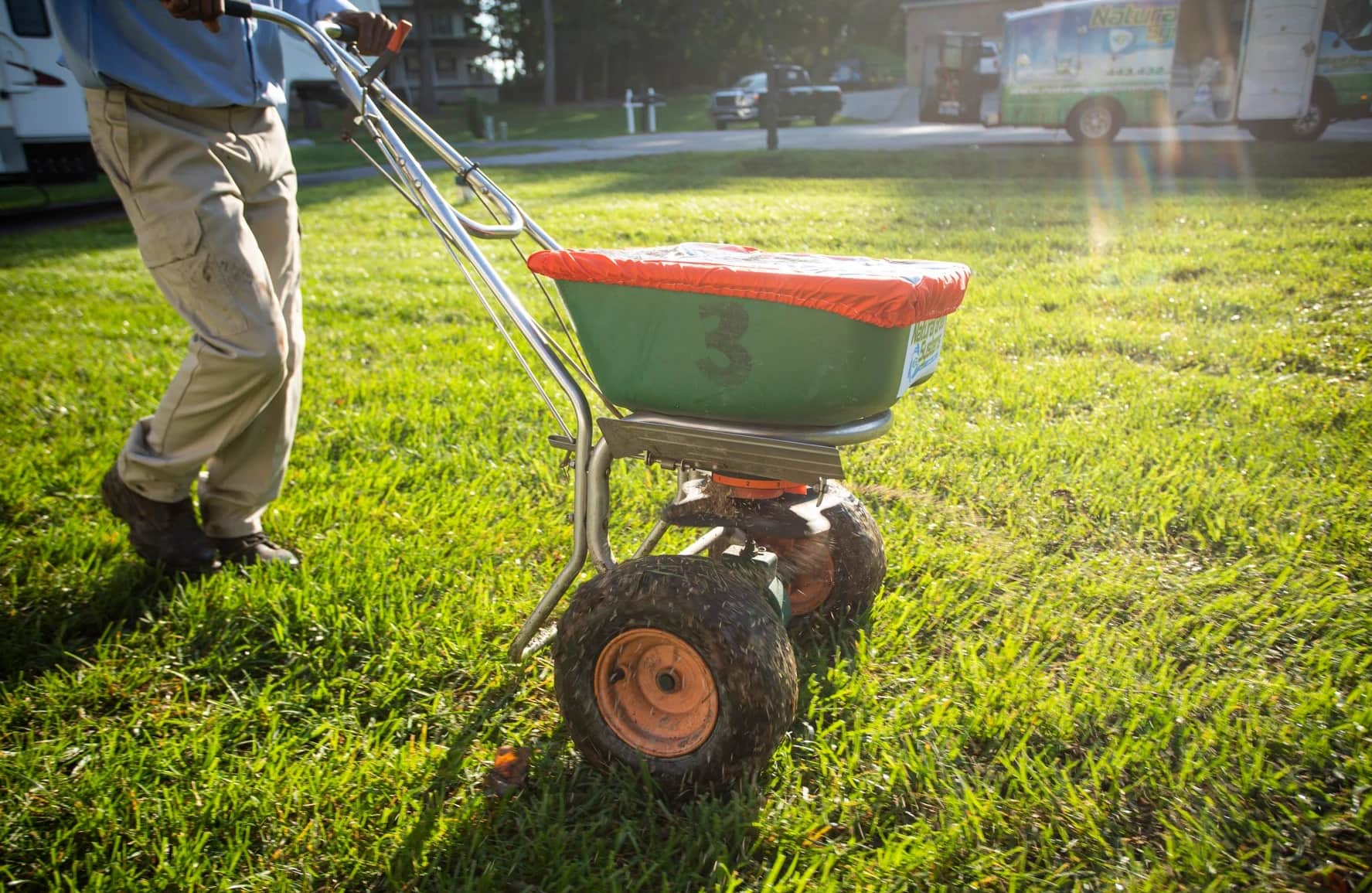
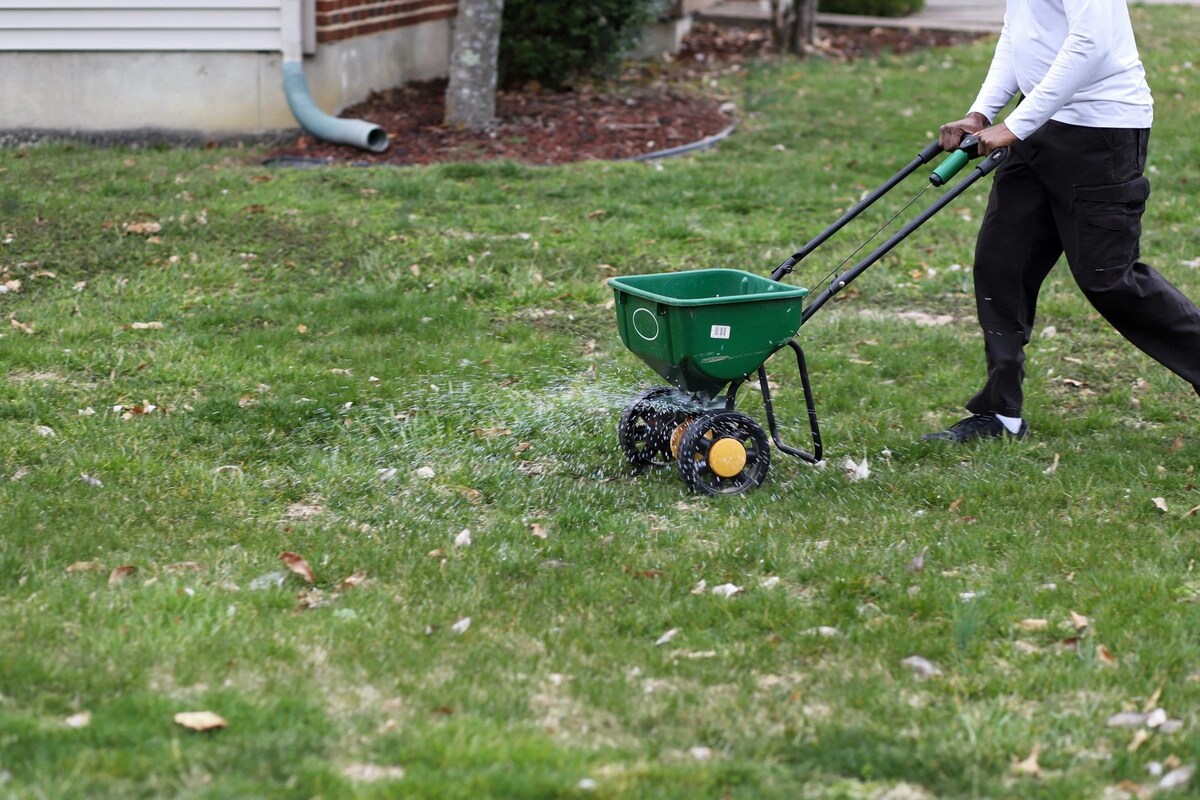
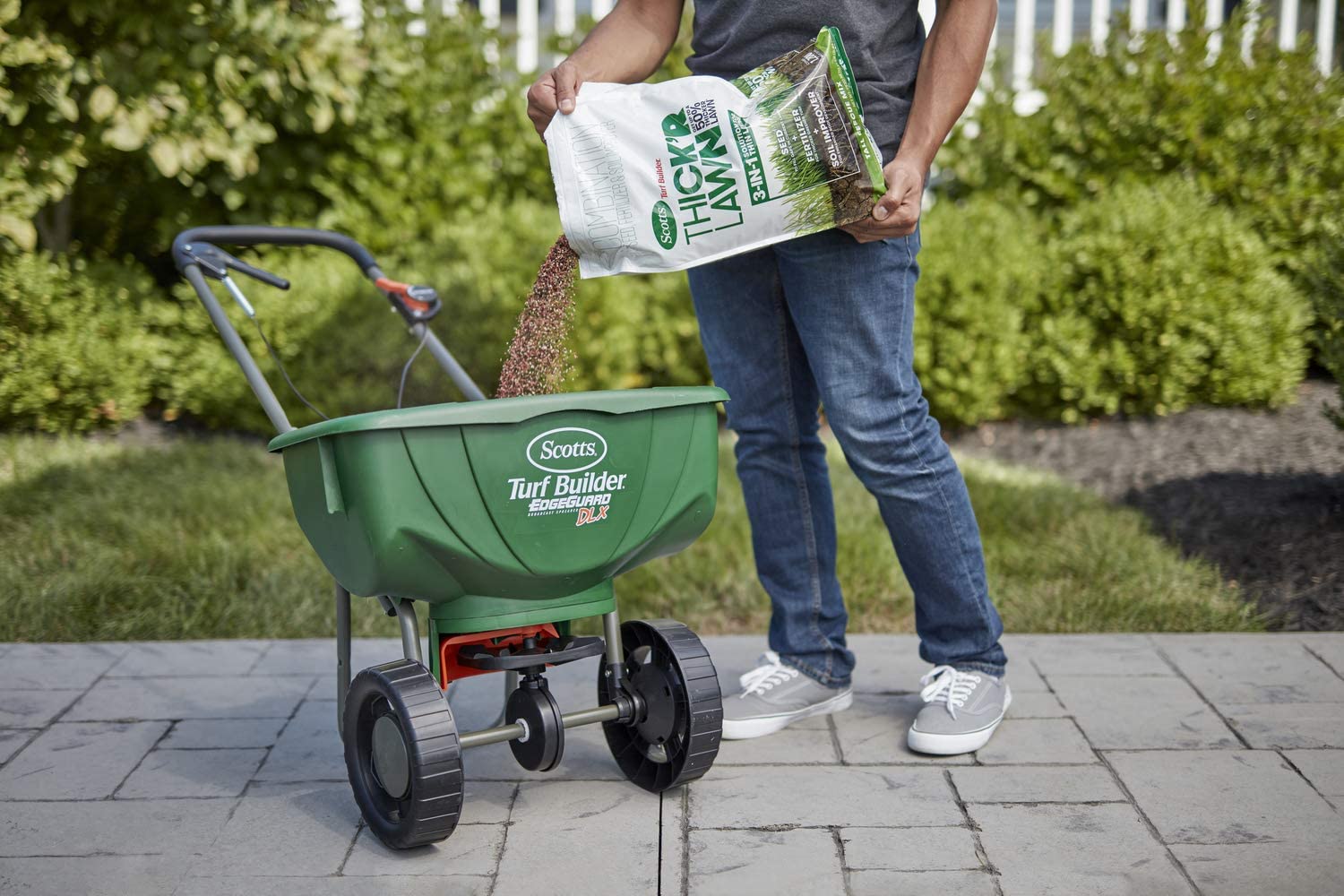
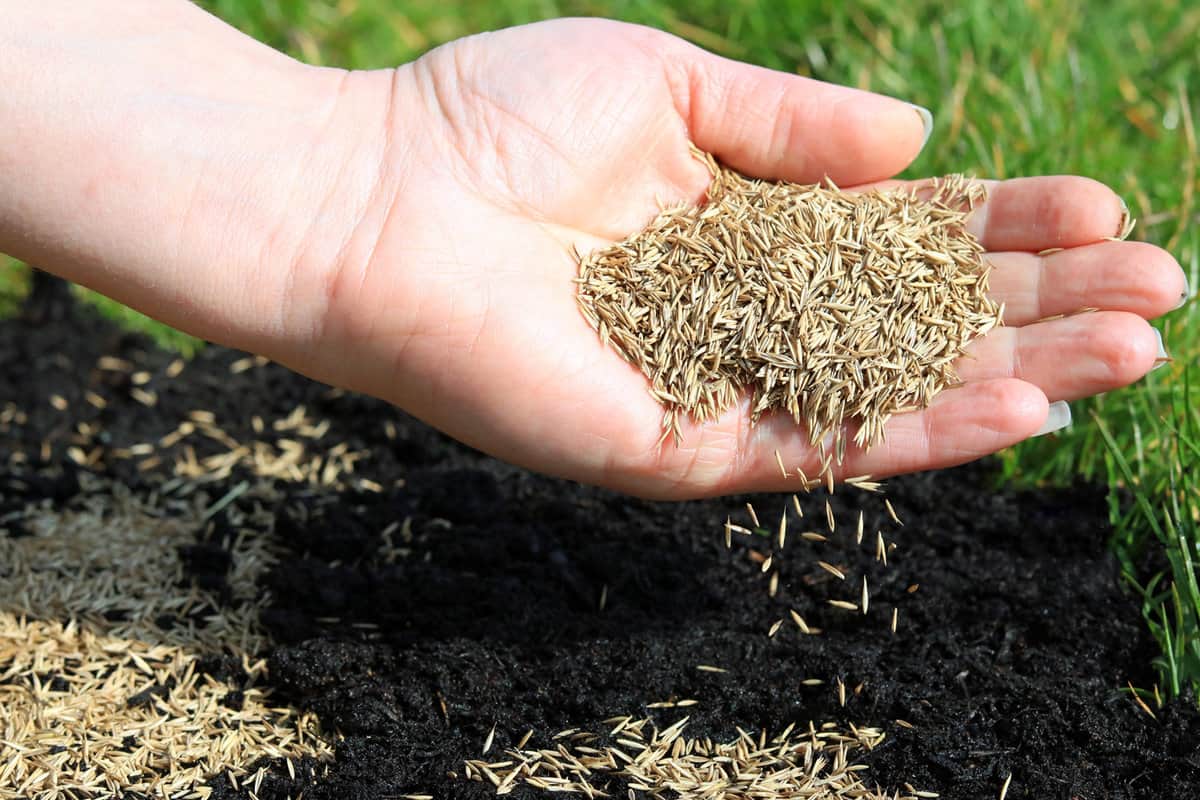
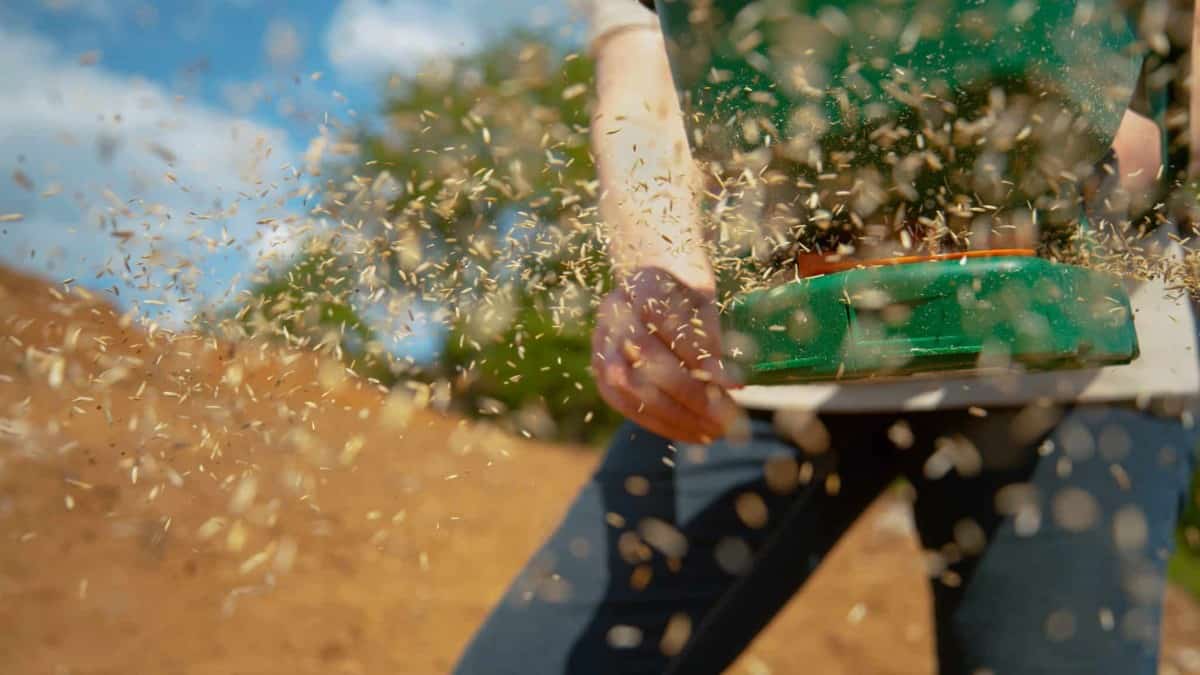
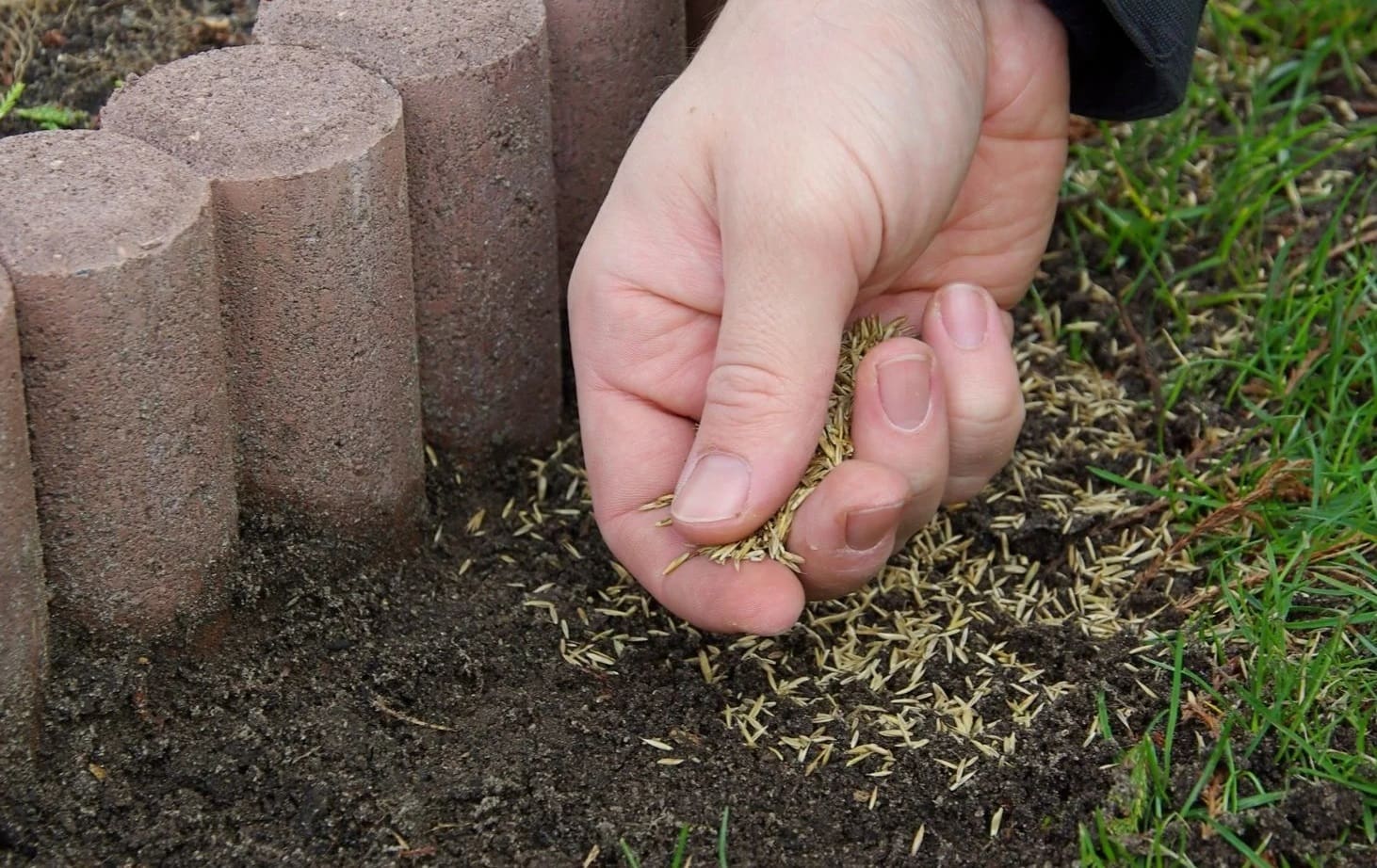

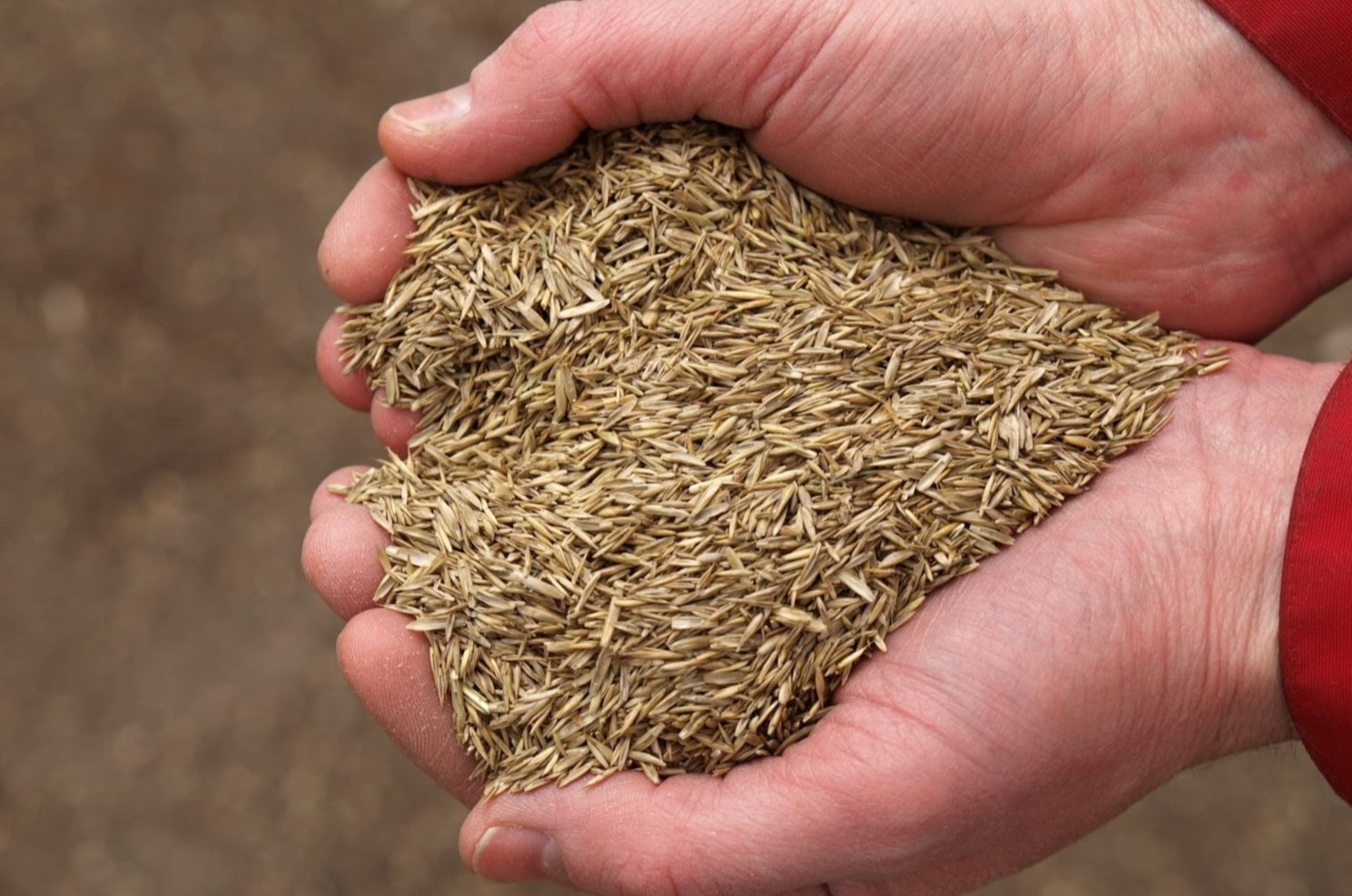
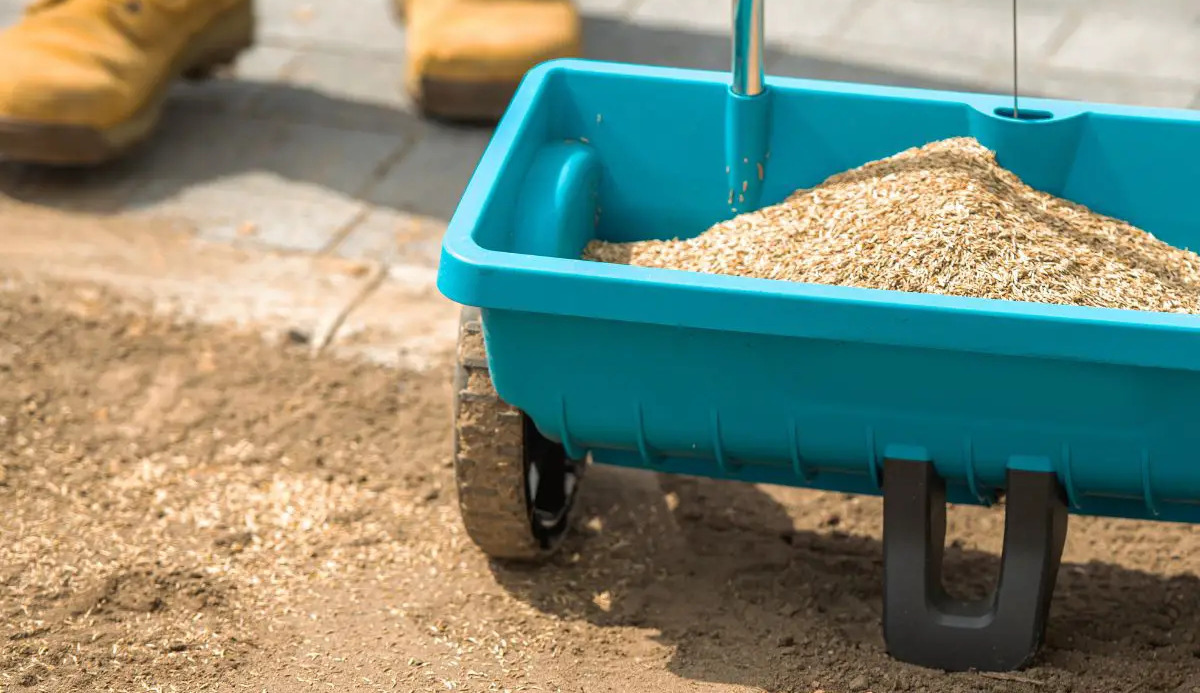

0 thoughts on “How To Put Down Grass Seed By Hand”